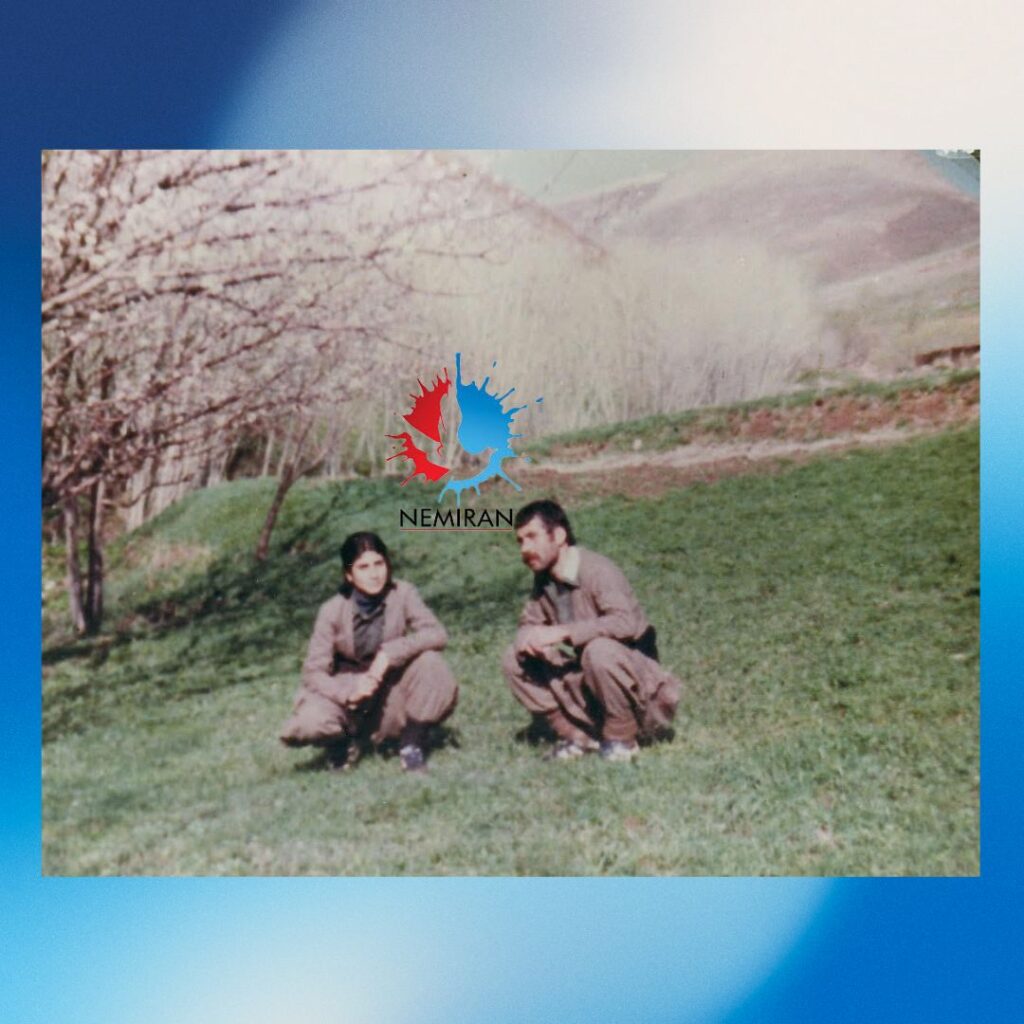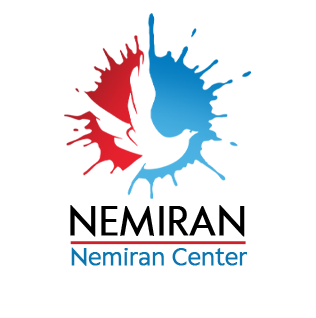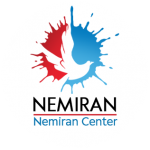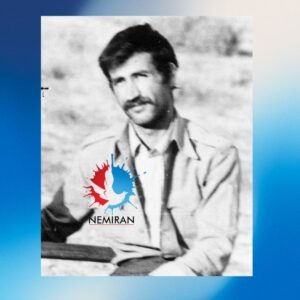
Qasim Daneshfar was born on January 22, 1960, to parents Karim and Daya Hosni. In the spring of 1984, he was arrested near Inder Qash by the Islamic Revolutionary Guard Corps and Iranian intelligence, and to this day, no information about his fate has been disclosed.
On April 21. 1984, Qasim, accompanied by an individual named A.M., went out to visit a friend in Inder Qash (a small village close to Mahabad), arriving at the home of someone named Said Aalayi. It is important to note that their visit to Said’s house was solely for a visit, with no other motives.
A local resident, accompanied by Mustafa Gitah and his son, reported Qasim and his companion’s whereabouts to the intelligence department in Mahabad. Shortly after, a significant force from the regime, led by an agent named Mehdi Abbasi, came to Inder Qash to arrest Qasim and his companion.
At this stage, Qasim had resisted arrest and tried to flee the scene. Then he was shut in both legs and his lower back. The local villagers informed his family about what had aspired and the details of his arrest.
Two days after his arrest, Qasim was hospitalized in Mahabad under the care of Dr. Jafar Abreshami, a surgeon. Following inquiries from Qasim’s father, Karim, he was confirmed that Qasim had successfully undergone surgery and was in stable condition.
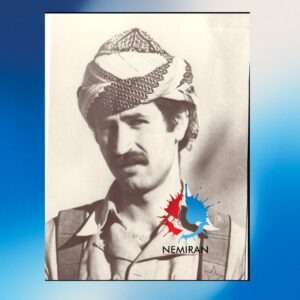
After spending two nights in Mahabad Hospital, Qasim was moved to Motahari Hospital in Urmia. His family learned of this transfer but was denied permission to see him despite numerous requests. Dr. Mahdizadeh oversaw his treatment, while Sheikh Darwish Qasim kept the family updated about his care.
Once Qasim’s health stabilized, he was moved to the “Sayyid al-Shuhada” base in Urmia, where he faced severe torture and mistreatment. Reports from witnesses at the time of his arrest informed Qasim’s family about his condition.
Following extended detention and significant abuse, Qasim’s health began to decline again, leading to his transfer to Khomeini Hospital in Tabriz. By this time, his family had little information about him, except for a few individuals who were aware of his situation.
Two months after his arrest, his family received word that they could visit him at the Ettelaat prison in Mahabad. Eager to see their son, his parents went to the prison, only to be told that he (referring to Qasim) was no longer alive and had joined Omar (a reference to the Kurdish people who follow the Sunni religion).
The family encountered difficulties in their efforts to gather information on Qasim’s case, as they were cautioned that trying to stay in touch with groups such as the Red Crescent might result in more repercussions against the family and the potential arrest of other relatives.
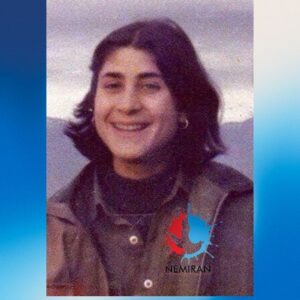
Despite the threats from the officials in Mahabad, Qasim’s family reached out to Khomeini’s office in Taran, the Prime Minister’s office, the national legal center, the Ministry of Intelligence, and the Red Crescent, seeking clarity on his situation.
After sending multiple inquiries to various institutions in search of their son’s whereabouts, the family was eventually told to stop their search because the case had been closed, and no additional details were available.
During this period, several family members were arrested and subjected to torture, with Qasim’s brother enduring eight years of imprisonment.
The intelligence officials in Mahabad were responsible for these abuses.
Individuals involved in Qasim Daneshfar’s case included:
1. Pouya, the prosecutor in Urmia
2. Ghazanfar, the case investigator
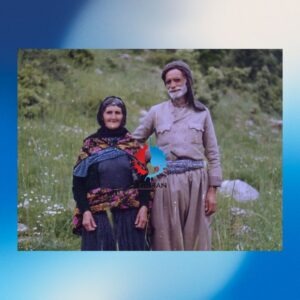
3. Said, the official at the Mahabad detention center
4. Ibrahim, present during interrogations
5. Behrouz, responsible for the Mahabad intelligence case
6. Haji Taha
7. Lamakan, associated with Pouya
8. Jawhari, the Sharia judge at the time
9. Paydari, previously interrogated by the state
10. Pirboudagh, spokesperson for Lamakan
11. Gholami, the court investigator
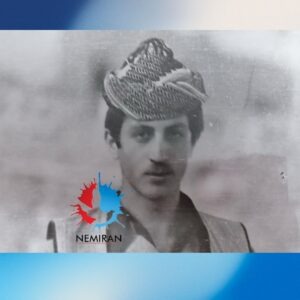
12. Mokhtar, an investigator
13. Jawad Shams, a Revolutionary Guards member in summer 1984
Following Qasim’s case investigation, his family encountered ongoing difficulties. Months after his arrest, a person named Maisam, claiming to be a Revolutionary Guards member in Sanandaj, indicated that a visit could be arranged with Qasim.
One year after his arrest, news regarding his detention was released from the Hamzeh base in Urmia, with reports that the detainee was no longer alive and the case was considered closed.
Further into the investigation, conversations with a person identified as Qudusi or Moghaddasi affirmed that Qasim was indeed living. However, given the intricate nature of his situation, the prospect of arranging a visit was nearly impossible.
From 1984 to 2007, numerous officials reached out to the family regarding Qasim and his situation. Notably, none of these people asked for payment in exchange for the provided information.
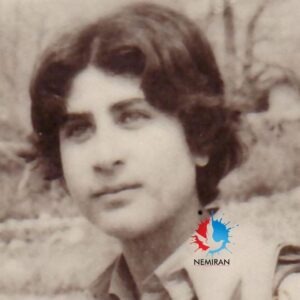
The family continued to seek information on Qasim’s whereabouts and tried to keep in touch with the intelligence departments in Mahabad, Urmia, Tabriz, and Taran, hoping for some advancement in their inquiries.
In short, Qasim Daneshfar’s case illustrates the persistent challenges faced by families of political prisoners in Iran, particularly among ethnic minorities, and underscores the broader issues of human rights and accountability within the Islamic Republic’s treatment of dissenters.
The Nemiran center works in partnership with the families of those who have been executed and gone missing in Eastern Kurdistan under the Islamic Republic of Iran. The responsibility for the investigation lies with the Nemiran center.
